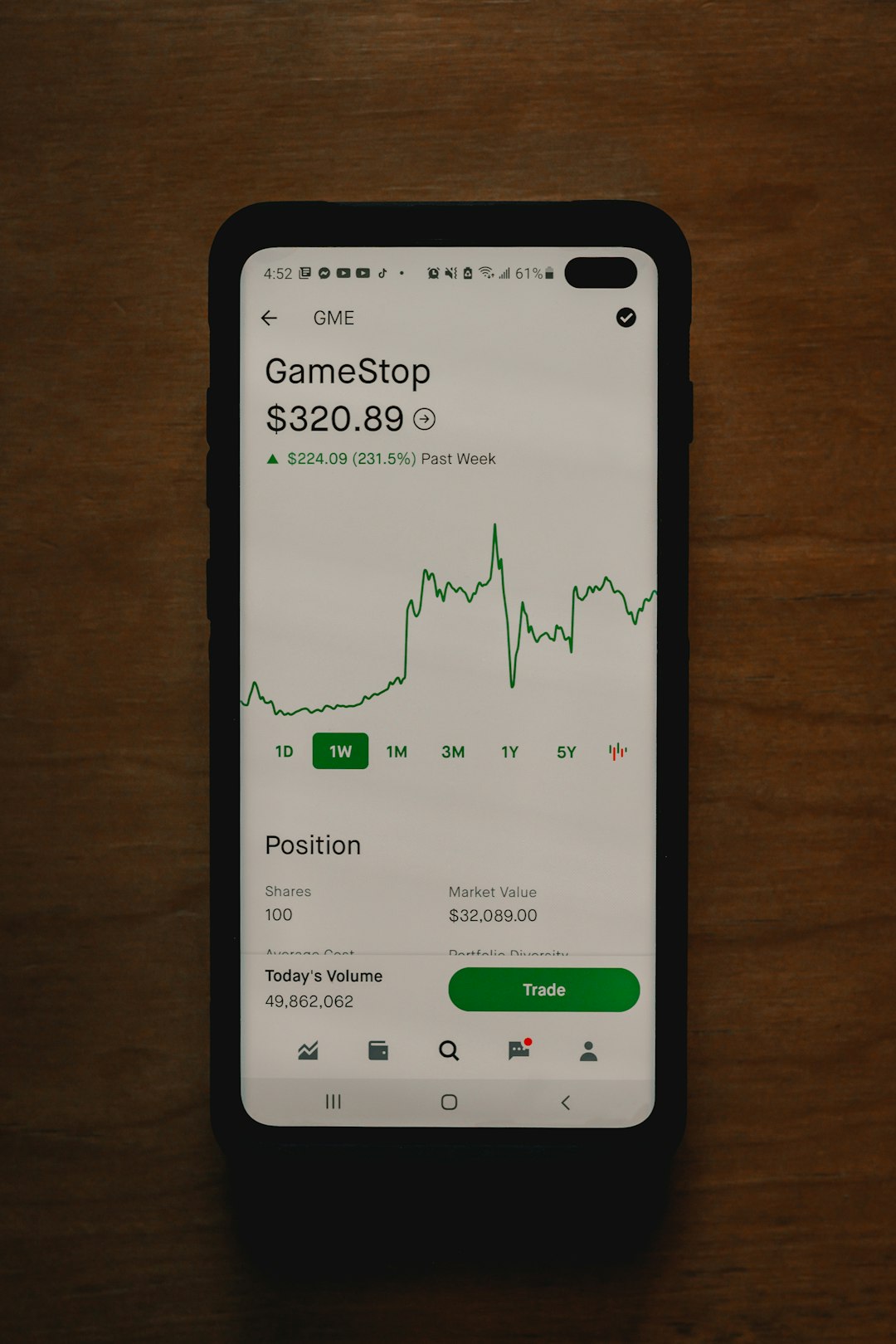Mastering Revenue Attribution: A Comprehensive Guide to BigQuery Analysis
In the digital age, understanding where your revenue comes from is crucial for making informed business decisions. Revenue attribution helps you identify the sources of your income, allowing you to optimize your marketing strategies and allocate resources effectively. BigQuery, Google’s fully-managed, serverless data warehouse, is a powerful tool for analyzing revenue attribution. This guide will walk you through the process of setting up and analyzing revenue attribution in BigQuery, ensuring you get the most out of your data.
Introduction to Revenue Attribution
Revenue attribution is the process of assigning credit to different marketing channels or touchpoints that contribute to a sale. This helps businesses understand which channels are most effective in driving revenue. By analyzing revenue attribution, you can optimize your marketing spend, improve customer acquisition, and enhance overall business performance.
Setting Up BigQuery for Revenue Attribution
Before diving into the analysis, you need to set up BigQuery to handle your data. Here are the key steps:
- Create a Google Cloud Project: If you don’t already have one, create a new project in the Google Cloud Console.
- Enable BigQuery API: Ensure that the BigQuery API is enabled for your project.
- Set Up a Dataset: Create a dataset in BigQuery where you will store your revenue data.
- Load Data: Import your revenue data into BigQuery. This can be done through various methods, such as uploading CSV files, using Google Cloud Storage, or integrating with other data sources.
Loading Data into BigQuery
Loading data into BigQuery is straightforward. Here’s a step-by-step guide:
- Prepare Your Data: Ensure your data is in a format that BigQuery can read, such as CSV or JSON.
- Create a Table: Define the schema for your table in BigQuery.
- Load Data: Use the BigQuery web UI, command-line tool, or API to load your data into the table.
Here’s an example of how to load a CSV file into BigQuery using the command-line tool:
bq load --source_format=CSV dataset.table_name gs://bucket_name/file_name.csv schema.jsonAnalyzing Revenue Attribution
Once your data is loaded, you can start analyzing revenue attribution. BigQuery provides powerful SQL capabilities to perform complex queries. Here are some key steps and queries to get you started:
- Identify Touchpoints: Determine the different touchpoints in your customer journey, such as clicks, impressions, and conversions.
- Assign Credit: Use attribution models to assign credit to each touchpoint. Common models include last-click, first-click, and multi-touch attribution.
- Analyze Performance: Evaluate the performance of each touchpoint to understand its contribution to revenue.
Here’s an example SQL query to analyze revenue attribution using a simple last-click model:
SELECT
channel,
COUNT(DISTINCT user_id) AS conversions,
SUM(revenue) AS total_revenue
FROM
dataset.table_name
WHERE
event_type = 'conversion'
GROUP BY
channel
ORDER BY
total_revenue DESC;Advanced Attribution Models
For more sophisticated analysis, you can use advanced attribution models. These models consider multiple touchpoints and assign credit based on their contribution to the conversion. Some popular models include:
- First-Click Attribution: Assigns credit to the first touchpoint in the customer journey.
- Last-Click Attribution: Assigns credit to the last touchpoint before conversion.
- Linear Attribution: Distributes credit evenly across all touchpoints.
- Time Decay Attribution: Assigns more credit to touchpoints closer to the conversion.
- Position-Based Attribution: Assigns more credit to the first and last touchpoints, with the remaining credit distributed among the middle touchpoints.
Here’s an example of a more complex query using a time decay model:
WITH touchpoints AS (
SELECT
user_id,
channel,
event_timestamp,
revenue,
ROW_NUMBER() OVER (PARTITION BY user_id ORDER BY event_timestamp) AS touchpoint_order
FROM
dataset.table_name
WHERE
event_type = 'conversion'
)
SELECT
channel,
COUNT(DISTINCT user_id) AS conversions,
SUM(revenue * (1 / touchpoint_order)) AS total_revenue
FROM
touchpoints
GROUP BY
channel
ORDER BY
total_revenue DESC;Best Practices for Revenue Attribution
To ensure accurate and actionable insights, follow these best practices:
- Data Quality: Ensure your data is clean and accurate. Remove any duplicates or incomplete records.
- Consistent Naming: Use consistent naming conventions for channels and touchpoints to avoid confusion.
- Regular Updates: Regularly update your data to reflect the latest trends and changes in your marketing strategies.
- Iterative Analysis: Continuously refine your attribution models based on new data and insights.
Conclusion
Analyzing revenue attribution in BigQuery provides valuable insights into your marketing performance. By understanding where your revenue comes from, you can optimize your strategies, improve customer acquisition, and drive business growth. With the right setup and analysis, BigQuery can be a powerful tool for revenue attribution, helping you make data-driven decisions that drive success.
For further reading, consider exploring resources like Google Cloud BigQuery Documentation and Think with Google on Attribution Models.
